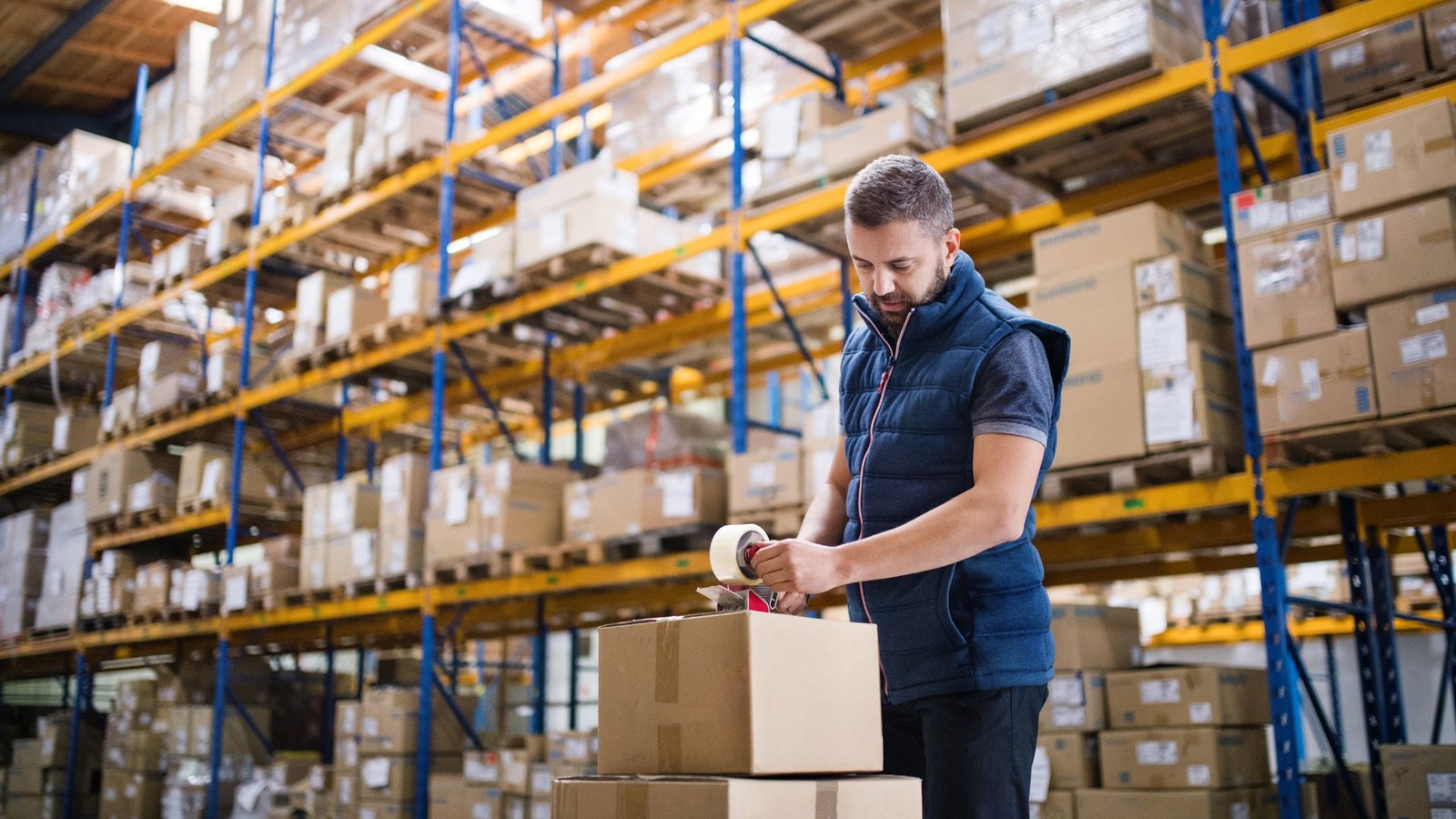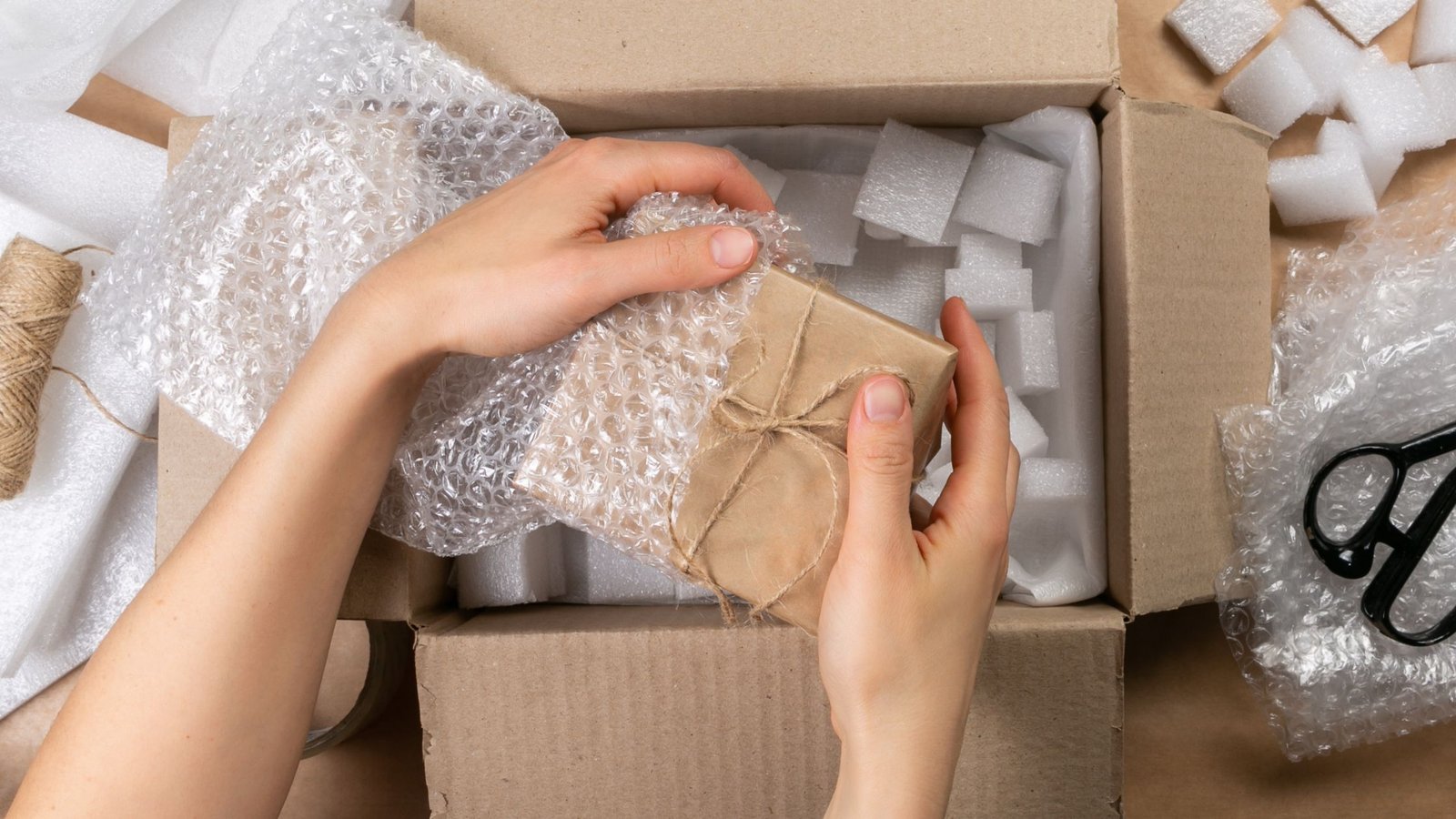Did you know about 30% of online stores struggle to make their shipping process smoother? In today’s fast-paced e-commerce world, getting your shipping game on point is a game-changer. It’s not just about saving a few bucks—it’s about delighting your customers and giving your brand that extra shine. Honestly, who doesn’t love a package that shows up on time, perfectly packed?
By tapping into the right tools and strategies, you can streamline your logistics, speed up deliveries, and work smarter, not harder. In this article, we’re diving into the nuts and bolts of optimizing your shipping process. We’ll cover the key steps in shipping, how technology can be your best friend, and why picking the right shipping materials and box sizes matters more than you might think.
Key Takeaways
- Understanding the critical phases involved in the shipping process.
- Identifying key resources to enhance shipping efficiency.
- Choosing the right shipping materials and box sizes.
- Implementing technology to streamline operations.
- Data-driven insights for informed decision making.
- Boosting customer satisfaction through effective shipping.
Understanding the Shipping Process
To make your shipping process hum like a well-oiled machine, you’ve got to know what’s happening at every step. Each phase of the shipping process plays a big role in keeping things efficient and your customers smiling. Let’s break it down so you can spot where to level up.
Phases of Shipping
The shipping process isn’t just throwing stuff in a box and hoping for the best. It’s got a few key steps:
- Order Processing: This is where it all starts—getting and verifying customer orders. Nail this step, and you’re setting the stage for smooth sailing.
- Picking and Packing: This is where you select the items and prepare them for shipping. Doing this efficiently means fewer mix-ups and faster turnaround. Choosing the right box sizes here can make a huge difference in keeping things secure.
- Transportation: This involves moving your goods from one location to another. Picking the right routes and carriers ensures your packages arrive on time.
- Delivery: The final stretch! Tracking shipments and keeping customers informed builds trust and encourages them to return.
By understanding these steps, you can pinpoint where things might be slowing down or costing you extra. Optimizing each phase makes your shipping process faster, more efficient, and—let’s be real—way more satisfying for your customers.
Key Resources to Optimize Your Shipping Process
Want to take your shipping to the next level? It’s all about having the right tools in your toolbox. From shipping software to inventory systems and warehouse tools, these resources can save you time, cut costs, and make your operations run like a dream. Let’s check out some of the heavy hitters.
Shipping Software Solutions
Shipping software like ShipStation or EasyShip is like having a trusty sidekick. It automates tedious tasks, such as pricing, generating labels, and tracking shipments. This means fewer errors and more time to focus on growing your business. Plus, it’s a lifesaver for keeping everything organized when orders start piling up.
Inventory Management Systems
Inventory management systems, such as TradeGecko or Cin7, are your secret weapon for staying on top of stock levels. They give you real-time insights, so you’re never caught short or overstocked. This keeps your shipping process smooth, avoids delays, and ensures your customers get their orders when they expect them.
Warehouse Management Tools
Warehouse tools are designed to make your space work harder for you. Tools like Fishbowl or Unleashed help you organize inventory, speed up picking, and make packing a breeze. When your warehouse is running efficiently, you’re getting orders out the door faster—using the right shipping box sizes to keep everything snug and secure.
| Resource Type | Examples | Main Benefits |
| Shipping Software | ShipStation, EasyShip | Automates tasks, reduces errors |
| Inventory Management | TradeGecko, Cin7 | Maintains optimal stock levels, real-time insights |
| Warehouse Tools | Fishbowl, Unleashed | Optimizes space, improves picking efficiency |
Evaluating Shipping Materials and Box Sizes
When it comes to shipping, the materials and boxes you choose are a big deal. The right shipping materials protect your products during transit, while the perfect box size saves you money and keeps things efficient. Let’s dig into how to make smart choices here.
Selecting Appropriate Shipping Materials
Picking the right materials isn’t just about tossing stuff in a box. You’ve got to think about a few key factors:
- Durability: Your materials must withstand the bumps and jostles of shipping.
- Cost-effectiveness: Good quality doesn’t have to break the bank—find options that balance protection and price.
- Suitability: Match your materials to your products. Fragile items need extra cushioning, while sturdy ones might not.
Popular options, such as corrugated boxes, bubble wrap, and biodegradable packing peanuts, each have their place. Choosing wisely keeps your items safe and your customers happy.
Understanding Shipping Box Sizes
Getting your shipping box sizes right is like fitting a puzzle piece perfectly. Too big, and you’re wasting space (and money). Too small, and you risk damaging your products. A well-fitted box keeps items secure, reduces movement, and lowers shipping costs by optimizing space. The Boxery offers a wide range of sizes to match your needs, so you can find the perfect fit every time.
Leveraging Technology for Efficiency
In today’s competitive market, technology is your best friend for streamlining shipping. It cuts down on human error, speeds things up, and makes your customers’ experience top-notch. Tools like automation are a must for keeping things running smoothly.
Automation in Labeling and Documentation
Automation tools like ShipBob take the hassle out of creating shipping labels and paperwork. They cut down on manual work, which means fewer mistakes and faster processing. This leads to quicker deliveries and happier customers who know exactly when their package will arrive.
Data-Driven Decision Making
Data analytics is like having a crystal ball for your shipping process. It helps you spot bottlenecks, track performance, and make smarter decisions. By leveraging data, you can optimize routes, manage inventory better, and keep your logistics humming along. Combining tech and data keeps you ahead of the game.
Conclusion
Optimizing your shipping process isn’t just a nice-to-have—it’s a must for growing your business. By focusing on efficiency, you’re not only saving time and money but also making your customers’ day with fast, reliable deliveries. This article has laid out the key steps to get there, from choosing the right shipping materials to leveraging tech for smarter operations.
With the right tools and a little know-how, you can transform your shipping process into a well-oiled machine. Whether it’s picking the perfect box sizes or automating your workflow, every step counts. So, what’s stopping you from taking your shipping to the next level?
About The Boxery
The Boxery is your go-to for top-quality shipping supplies and packaging solutions. They’re committed to delivering reliable products and exceptional service. Whether you need durable boxes, protective materials, or specialized shipping box sizes, they’ve got a wide range to meet your needs.
With years of experience, The Boxery knows the ins and outs of shipping. Their products are designed to make your operations smoother and more efficient, giving you the confidence to tackle any shipping challenge. When you choose The Boxery, you’re getting expert advice and innovative solutions that go beyond just boxes.
FAQ
What are the most common shipping box sizes available?
Common shipping box sizes range from 6x6x6 inches to 24x24x24 inches. Suppliers like The Boxery offer a variety to ensure you find the perfect fit for your products.
How do I choose the right shipping materials for my products?
Consider your product’s weight and fragility when selecting shipping materials to ensure optimal protection. Corrugated boxes or padded mailers offer great protection. Also, think about cost and eco-friendliness to align with your business values.
Can using the wrong box size affect shipping costs?
Absolutely! Oversized boxes can increase shipping costs due to extra weight, while undersized ones risk product damage. Choosing the right box sizes saves money and keeps items secure.
What types of shipping materials are recommended for fragile items?
For fragile items, use sturdy corrugated boxes paired with bubble wrap, foam, or packing peanuts to ensure protection. These shipping materials provide the extra protection needed to keep items safe during transit.
How can I reduce my environmental impact when shipping?
Opt for eco-friendly shipping materials and recyclable boxes to minimize your impact. The Boxery offers sustainable options that help you ship responsibly without sacrificing quality.
What are the benefits of using shipping software solutions?
Shipping software, such as ShipStation or EasyShip, automates tasks like pricing and tracking, saving time and reducing errors. This leads to faster, more accurate shipping, keeping your customers happy.



